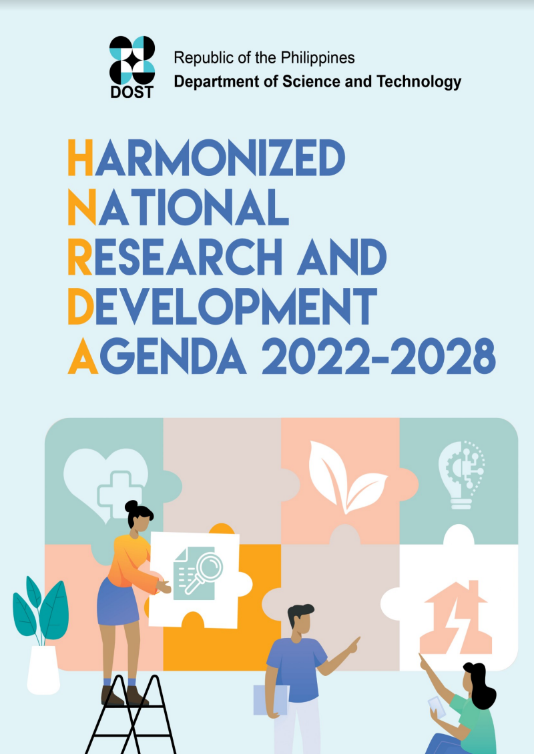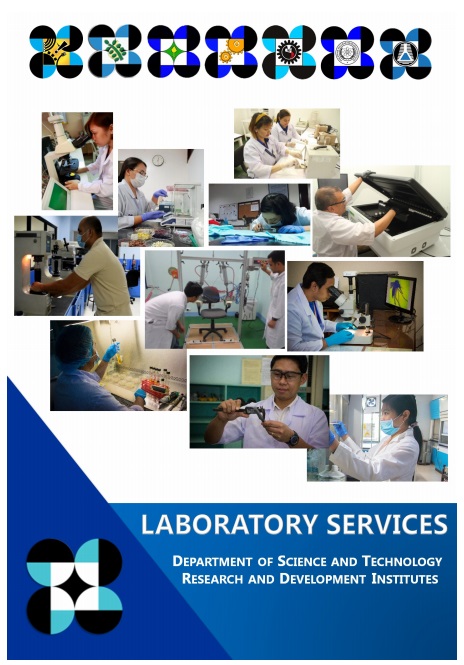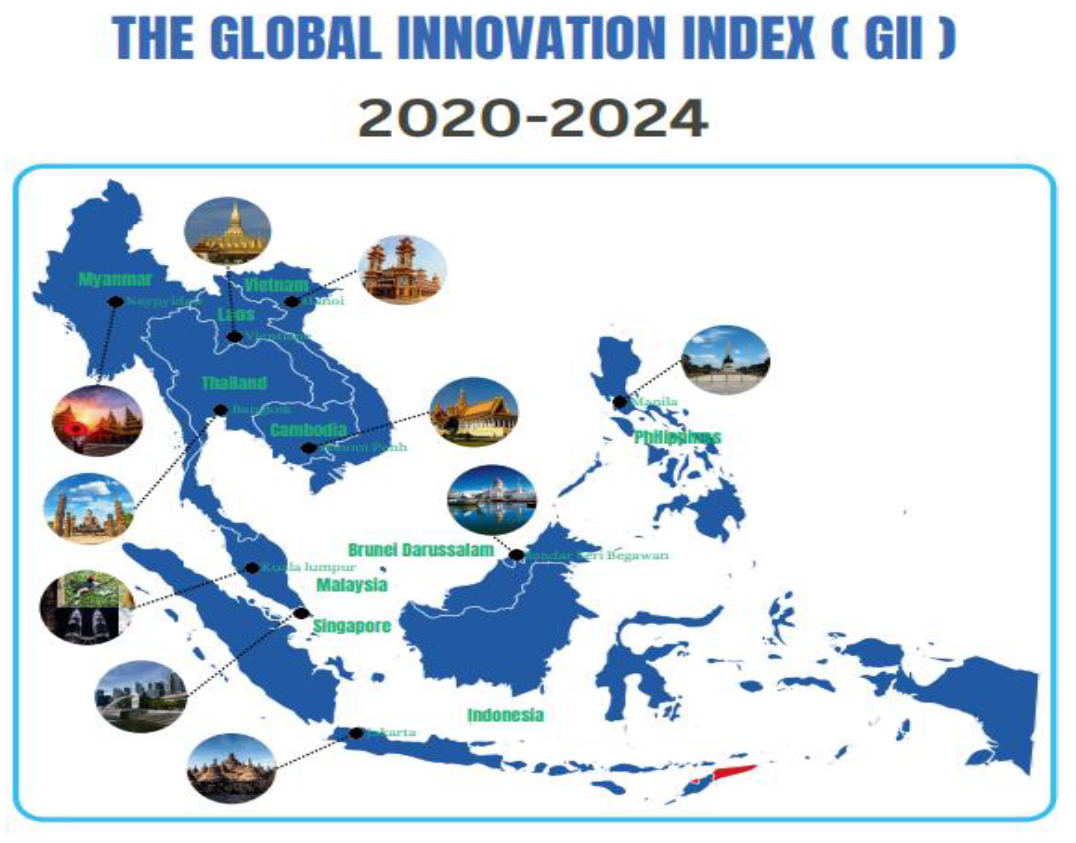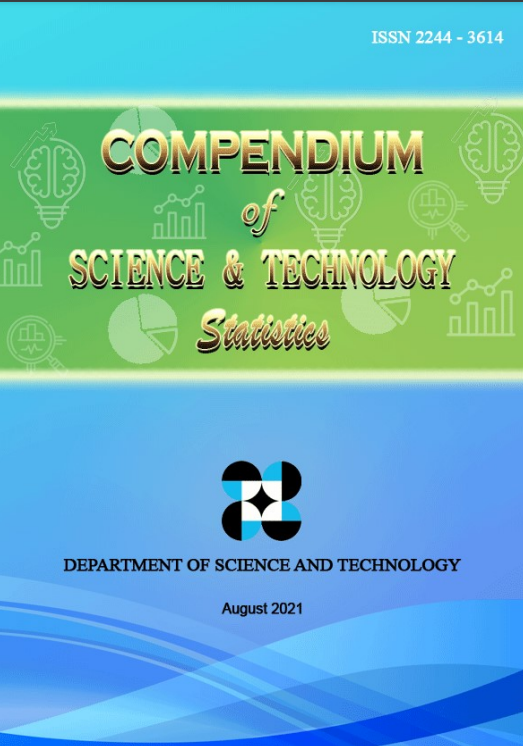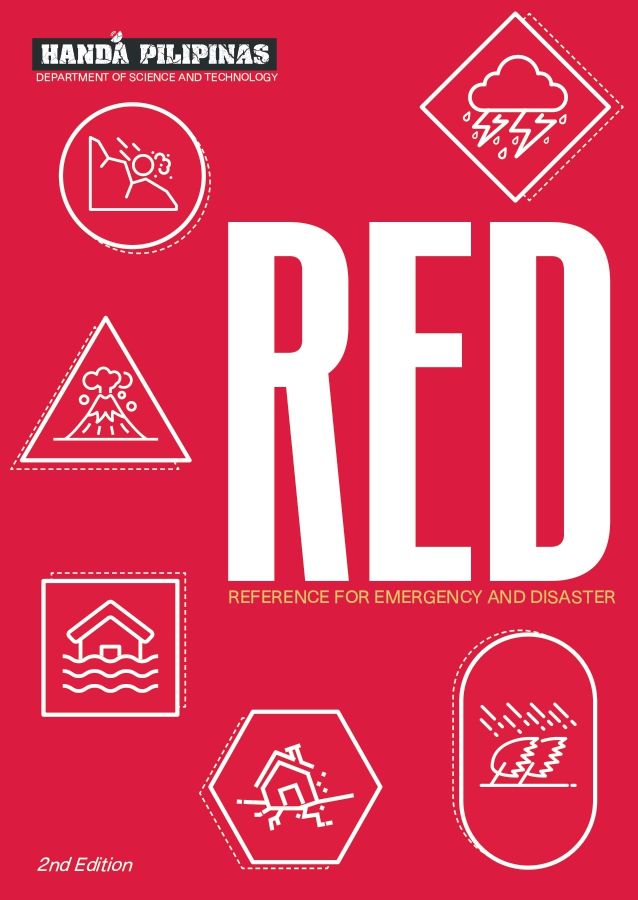Climate for You
- Details
- Hits: 3443

(From left, clockwise) DOST Undersecretary Graciano P. Yumul Jr. addresses participants to the Climate Symposium, an event to mark the 61st World and 146th National Meteorological Day at PAGASA Science Garden, QC March 22. The symposium is also netcast throughout the PAGASA weather observation offices in the country.
Mayor Ronaldo Golez of Dumangas, Iloilo presents the town's benefits from the Climate Field School.
Governor Jose “Joey” Salceda of the Province of Albay shares Albay's first best use of climate information.
DOST Undersecretary Graciano P. Yumul Jr. fielding questions from the members of media. Flanking him are PAGASA Acting Administrator Nathaniel Servando (left) and PAGASA Acting Deputy Administrator Vicente Malano (right). Photos by Alan C. Taule, S&T Media Service
PCHRD’s 29th year: Challenges and Innovations in Local Health Technologies
- Details
- Hits: 4268
The Philippine Council for Health Research and Development (PCHRD) will celebrate its 29th Anniversary on March 18, 2011, at the Hyatt Hotel and Casino Manila with the theme “Challenges and Innovations in Local Health Technologies.”
Special guests will be DOST Secretary Mario G. Montejo of the DOST and Department of Health Secretary Enrique T. Ona. Dr. Reynaldo L. Garcia of the National Institute of Molecular Biology and Biotechnology – University of the Philippines Diliman will be the anniversary keynote speaker.
The program includes a panel discussion highlighting the drug development situation in the Philippines in terms of clinical research, ethics, clinical trials regulation and intellectual property rights.
There will be two breakout sessions in the afternoon. Session I will tackle the prevention and control of two infectious diseases, dengue and leptospirosis. Session II will focus on non-infectious diseases like cognitive problems in aging and renal disease. The sessions will be followed by a business meeting of the PCHRD Scholars Society.
PCHRD, one of five DOST sectoral councils, coordinates and monitors health research activities in the country. Since its founding on March 17, 1982, it has advocated a strong health research culture and mobilized resources to generate knowledge, technologies and innovations and their use in Philippine healthcare.
For more information, you may contact PCHRD-DOST at 837-7534 to 37.
DOST Secretary Mario G. MOntejo's Statement on Fukushima Daiichi Power Plant Accident Effect on PH
- Details
- Hits: 3204
The Department of Science and Technology is committed to bringing accurate, reliable, and timely information regarding the Fukushima event and its possible effects to the Philippines. From all the official data and information received by the Department from authorized sources and examined by our experts, the DOST is confident to say that, while the situation in the Daiichi Power Plant is a serious local incident, it poses no risk to the Philippines.
There are confirmed activities still happening in the Fukushima plant that may affect people in the vicinity of the plant, but none of these can have direct effects to the Philippines. Any significant effect is contained only within the boundaries and vicinity set by the Japanese government.
DOST-PAGASA has continually assured that the wind direction coming from the Fukushima plant is going east, away from the Philippines. The current weather also shows no indications of disturbances that can change the wind pattern and direction. The distance of the place of incident from the country also lessens any possible threat as radiation dissipates over distance.
A recent DOST-PNRI’s modeling study also indicates that even on a worst-case scenario , the Philippines being 3,300 kms away from the site of incident, is safe and shall not be affected by any radioactive plume. The DOST-PNRI’s continuous daily monitoring of radiation level in the Philippine environment have shown no changes from its normal levels.
Moreover, the length of days that passed since the incident makes the effect less critical, as the first one and a half days are the most critical due to the possible meltdown. As the days pass by, however, the threat of total meltdown decreases as the reactors are cooled down.
Despite the normal situation apparent in the country, the DOST and its concerned agencies, namely PNRI, PAGASA and Phivolcs, are continuously monitoring all indicators in the country. With the NRRDMC, DOST-PNRI has also put in place the Philippine National Radiology Emergency Preparedness and Response (RadPlan) in cases of nuclear emergency.
We also continue to advise our people to access accurate information from the PNRI Emergency Response Center at 929-4719 or 920-8738 or log on to the following: http://www.pnri.dost.gov.ph, http://www.dost.gov.ph, http://www.science.ph, or http://www.stii.dost.gov.ph.
(Sgd) SEC. MARIO G. MONTEJO
March 17, 2011
Fukushima Daiichi Nuclear Power Plant Accident in Japan
- Details
- Hits: 3429
Information Bulletin No. 5
(March 16, 2011 11:00 AM)
• All reactor vessels of Units 1,2 and 3 remain intact . Containment vessels for Units 1 and 3 are also intact. And while the suppression chamber of Unit 2 is damaged, the rest of its containment unit remain intact.
• Condition of cooling systems in Unit 1, 2 and 3 of the Daiichi reactors still not normal but under control.
• There are no indications that spent fuel assemblies in the storage ponds in all Units have been exposed.
• Radiation level at the plant’s main gate is measured at 0.6 mSv.
• Current weather information continues to indicate that wind patterns coming from the Japan Fukushima Daiichi Nuclear Power Plant have been moving away from the Japan coast towards the East. This would mean that winds which may carry any radioactive materials from the affected nuclear plants will not affect any part of the Philippines. The same wind patterns are predicted for the next three days.
• The International Atomic Energy Agency (IAEA) in coordination with the World Meteorological Organization (WMO) is monitoring the weather situation at the affected nuclear plants and the possible effects on neighboring countries. The WMO is providing data to the IAEA using its Regional Specialized Meteorological Centers in Asia based in Beijing, China; Tokyo, Japan; and Obninsk, Russia. The information is provided to the IAEA and national meteorological and hydrological services in order to provide advice to the respective government agencies which manage nuclear safety and nuclear emergency response activities. In the Philippines, the WMO provides information to the PAGASA which provides advice to the DOST-PNRI, NDRRMC and other agencies regarding wind patterns.
• The DOST-PNRI is continuing to monitor the situation in Japan with the help of information being disseminated on a 24-hour basis by the IAEA. This arrangement is part of requirements under the International Convention on Early Notification of a Nuclear Accident. The Philippines is a party to this Convention which entitles the country to early receipt of relevant information of nuclear accidents occurring in neighboring countries. Japan continues to provide detailed information to the IAEA which in turn distributes these to countries on a 24-hour basis through its national contact persons, which in the Philippines is the Director of the DOST-PNRI.
• In spite of latest reports of fire on the spent fuel storage facility and release of radioactivity and another explosion on a third nuclear plant, the situation remains the same as far as the effect on the Philippines is concerned. Any significant effect is limited only within the power station boundary and immediate vicinity.
• The DOST-PNRI emphasizes that there remains no immediate threat to the Philippines.
• Latest DOST-PNRI RADIATION LEVEL CHECK: As of 9:00 AM March 16, 2011; 89–120 nSv (nanoSievert) per hour.
• STATUS: NORMAL
• For more queries, pls call DOST-PNRI Emergency Response Center at 929-4719 or 920-8738 or log on to the following: http://www.pnri.dost.gov.ph, http://www.dost.gov.ph, http://www.stii.dost.gov.ph, or http://www.science.ph.











